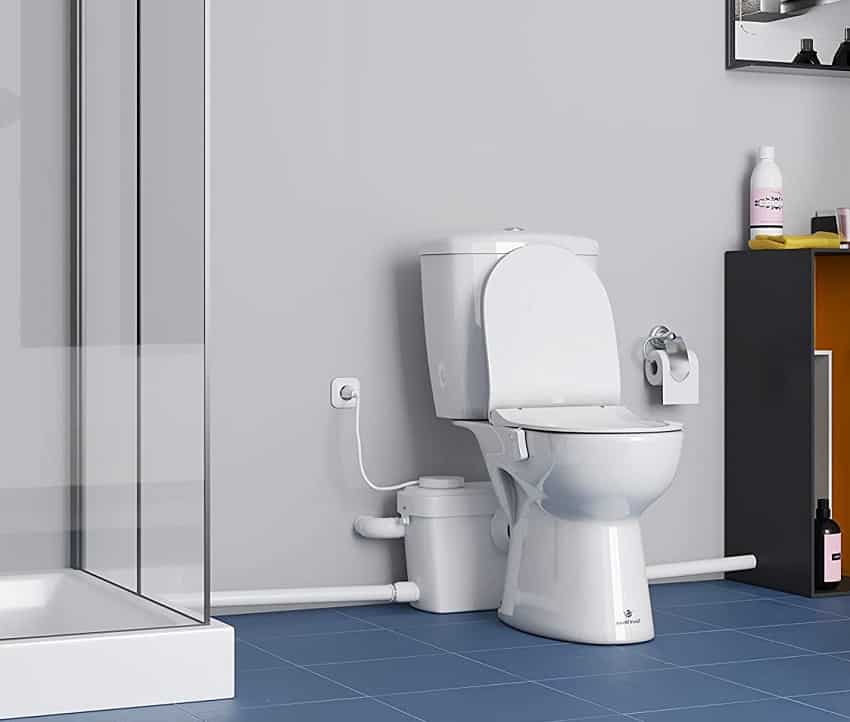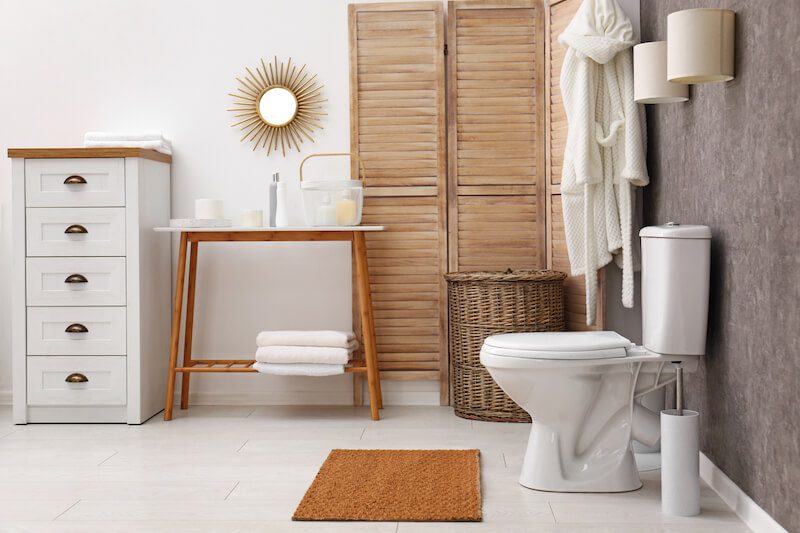The toilet is equipment that is manufactured primarily for collecting urine and feces. However, many people use the toilet to dispose of pads, which is a way of abusing the toilet. The toilet comprises many parts that allow it to function well, including the waste pipe, water tank, flush button, toilet seat, and bowl.
Many toilets made of porcelain materials last longer, although this has raised questions like “how long do toilets last” because many toilets are made of other materials besides porcelain. This article is set to answer the question.

How Long Do Toilets Last?
The duration of your toilet depends on how you use it. Many toilets can last for over 30 years, especially those made of porcelain. They are solid and easy to wash when stained. That doesn’t mean the toilet won’t have a flaw or some parts won’t need to be replaced.
The parts like the toilet seat and the pipe are the ones that might easily be faulty and, if not checked out, can lead to splashing of poop and leakage. Either way, when there is proper maintenance, you won’t need to change the whole toilet.
Many people have been asking how they will know if their toilet is old aside from the date they fixed it. The answer is to seek the manufacture date by raising the cover of the water tank. You will see it under the cover, or at times, many manufacturers put it on top of the cover.
Do toilets have a lifespan?
To answer this, yes, toilets do have a lifespan, but the lifespan varies due to the quality of the toilet components, the chemicals used in cleaning, and the water used. When properly maintained, the porcelain toilet can last up to 10–25 years.
Although many home inspection agencies are assured that toilets could last 50 years, some believe toilets can be used indefinitely. According to the National Association of Home Builders, they believe toilet essential parts need to be replaced after five years to improve efficiency.
Even though the toilet has a longer lifespan, it is advisable to follow some procedures to extend the lifespan, thereby cutting costs. The following are ways of extending the lifespan of a toilet:
- Learn to clean your toilet with good cleaning agents because some cleaning agents can cause damage to the toilet; use non-abrasive cleaning agents that help maintain the toilet’s surface
- Don’t put too much pressure on the toilet tank or bowl; the pressure could be from either you leaning on the tank or sitting on the toilet bowl; ensure you avoid it because when such happens, it gradually decreases the strength of the seal between the tank and bowl, which could lead to leakage
How Do You Know When a Toilet Needs to Be Replaced?
There are many ways to know when your toilet needs a replacement because the signs will be obvious. Although irrespective of how old some toilets are, they still function well. They can’t be compared to the new model toilets despite their functionality. The following are signs that show that your toilet needs to be replaced:
Crack
A crack on the surface of the toilet tank or any area of the toilet indicates that you have to replace your toilet. The moment you start noticing any cracks, although, at times, they might not be visible. Some will need you to invite a plumber to check them. Either way, once there are crack traces, the toilet needs to be replaced.
Leakage
One of the ways to know if you need to replace your toilet is when you notice any leakage. At times, leakage doesn’t show, especially when it is just leaking water. Not until you flush poop and you see everywhere littered with poop water. In such cases, you need to replace the toilet.
Blockage
Blockage in the toilet is another important reason you need to replace your toilet. There are so many reasons that can cause blockage, including how long you’ve been using the toilet and how you dispose of things inside the toilet, especially disposing of pads, and this can be noticed when the toilet doesn’t flush.
Often repair
Another sign that your toilet needs a replacement is when you must repair it often. It can happen that you just fixed the pipe this week and notice the button is no longer working next week. That is a pointer that needs a total replacement.

Should I Replace a 20-Year-Old Toilet?
A toilet with a 20-year-old lifespan has worked over the past years. It might still work well, but the internal components are affected. You can’t compare the functionality of a 20-year-old toilet to a newly built one. Therefore, it is advisable to replace a 20-year-old toilet for the following reasons:
Efficiency
The efficiency of a toilet is one of the reasons you need to replace your 20-year-old toilet. Since technology has advanced, how a new toilet model will work is different from how a 20-year-old toilet will work. As years ran by, inventors would upgrade the functionality.
Appearance
The appearance of the toilet matters if not too important, but either way, the 20-year-old toilet appearance won’t be too neat due to how long you’ve used it, so if you are someone who values appearance, replacing such a toilet is a good idea.
Size
The size of the toilet is also important because it provides comfort when using it. A 20-year-old toilet size might become uncomfortable, which could cause pain, so to avoid this is to replace it.
Conclusion
Thus, you already know how long do toilets last, and we should appreciate that toilets are fantastic pieces of equipment with a longer lifespan. This allows families or users to save money and use it for other expenses. But all the same, it requires proper maintenance to keep running.
It is advisable to know that you shouldn’t target a specific year for your toilet, but instead, try to pay attention to any fault to know if it needs replacement. Remember, your needs are paramount.